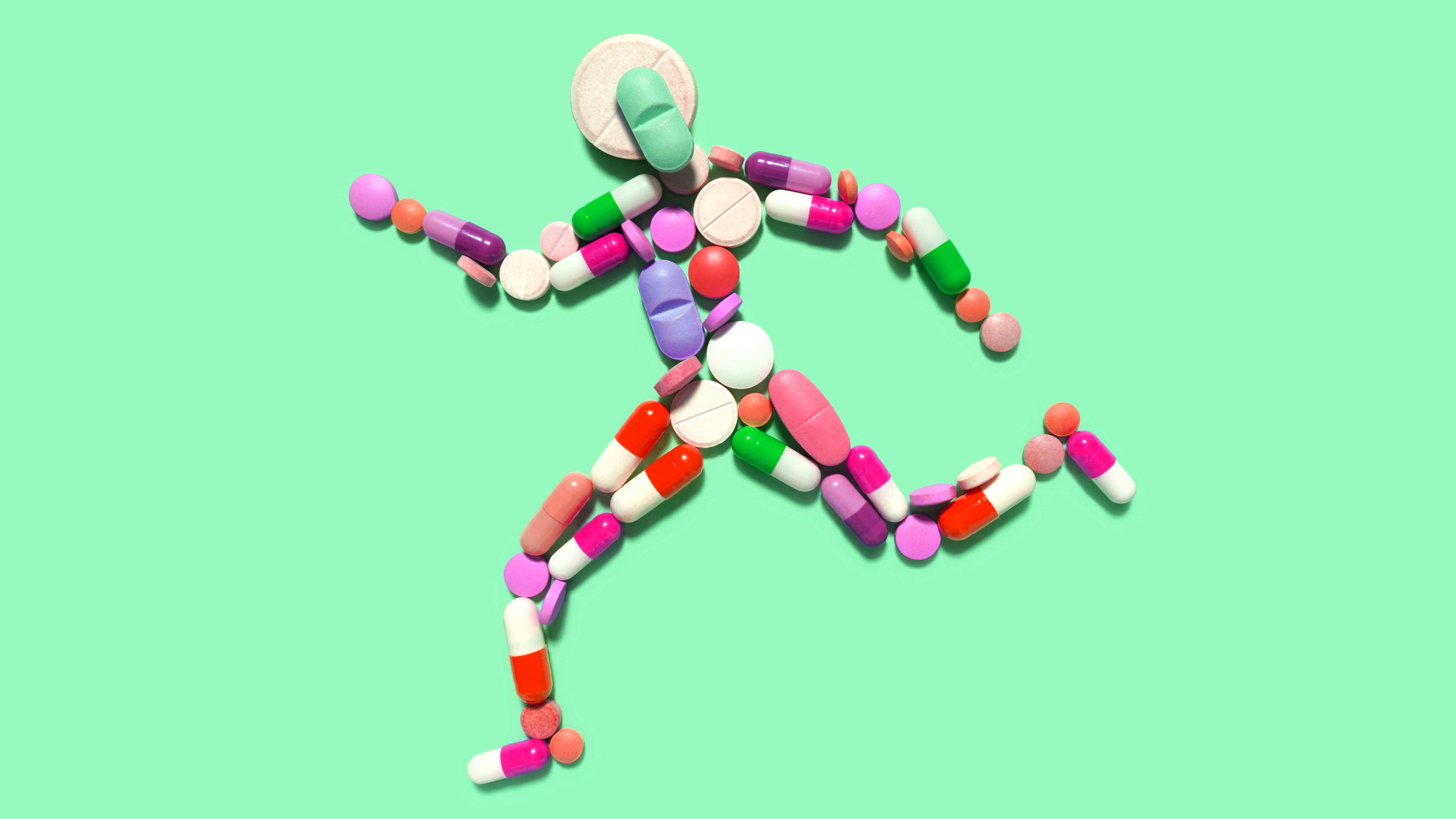Workouts in a pill?
Charting cellular effects of exercise confirms its link to health benefits—and could lead to anti-obesity drugs.

A new study by researchers at MIT and Harvard Medical School maps out many of the cells, genes, and cellular pathways that are modified by exercise or a high-fat diet, shedding light on exactly how exercise can help prevent obesity.
The scientists studied mice fed either high-fat or normal diets; in each case, some mice were sedentary and others allowed to exercise. Using single-cell RNA sequencing, they catalogued the changes in gene expression across 53 types of cells found in skeletal muscle and two types of fatty tissue.
In all three tissue types, mesenchymal stem cells (MSCs), which can differentiate into fat cells and fibroblasts, seemed to control many of the effects they observed. A high-fat diet enhanced MSCs’ capacity to turn into fat-storing cells, stimulated them to secrete factors that provide structure for enlarged fat cells, and created a more inflammatory environment. Exercise reversed these effects.
The study also showed that exercise boosts the expression of MSC genes that regulate circadian rhythms, while a high-fat diet suppresses them. These included genes linked to differing obesity risks in humans.
“It is extremely important to understand the molecular mechanisms that drive the beneficial effects of exercise and the detrimental effects of a high-fat diet, so that we can understand how we can intervene,” says Professor Manolis Kellis ’99, MEng ’99, PhD ’03, one of the study’s senior authors.He hopes the findings will help guide development of drugs that might mimic some benefits of exercise but says, “The message for everyone should be: Eat a healthy diet and exercise if possible.”
Keep Reading
Most Popular
Large language models can do jaw-dropping things. But nobody knows exactly why.
And that's a problem. Figuring it out is one of the biggest scientific puzzles of our time and a crucial step towards controlling more powerful future models.
How scientists traced a mysterious covid case back to six toilets
When wastewater surveillance turns into a hunt for a single infected individual, the ethics get tricky.
The problem with plug-in hybrids? Their drivers.
Plug-in hybrids are often sold as a transition to EVs, but new data from Europe shows we’re still underestimating the emissions they produce.
Stay connected
Get the latest updates from
MIT Technology Review
Discover special offers, top stories, upcoming events, and more.